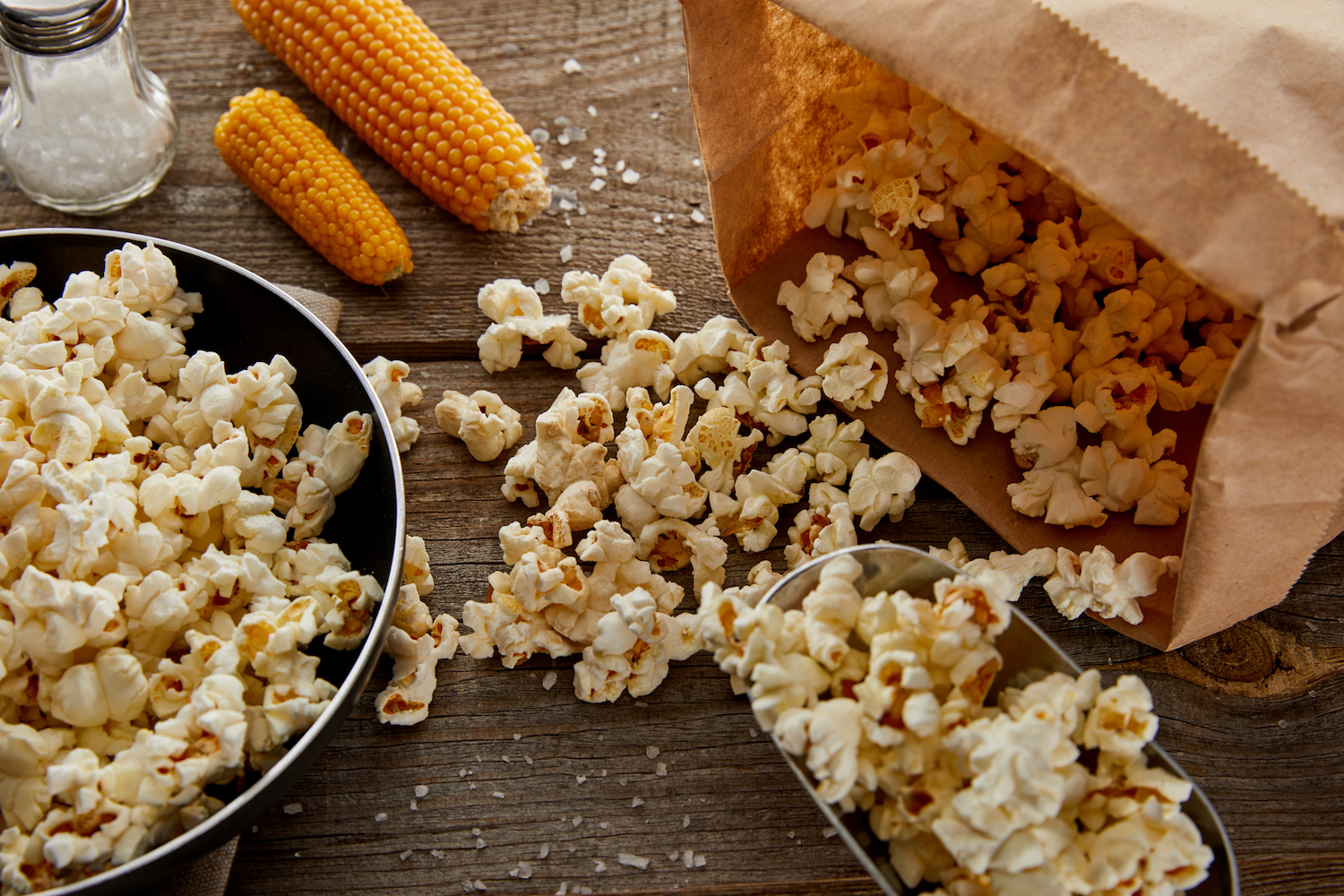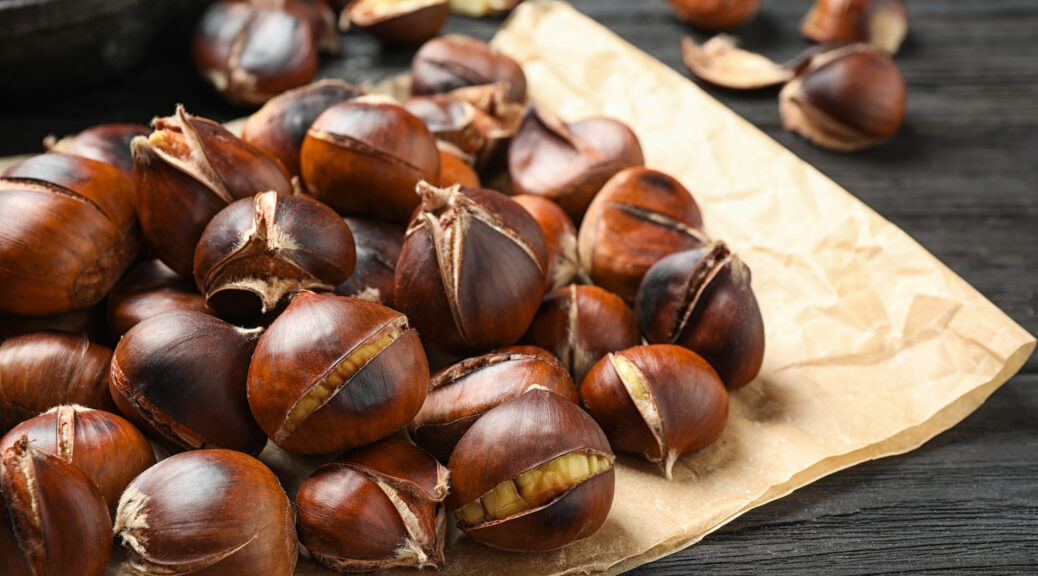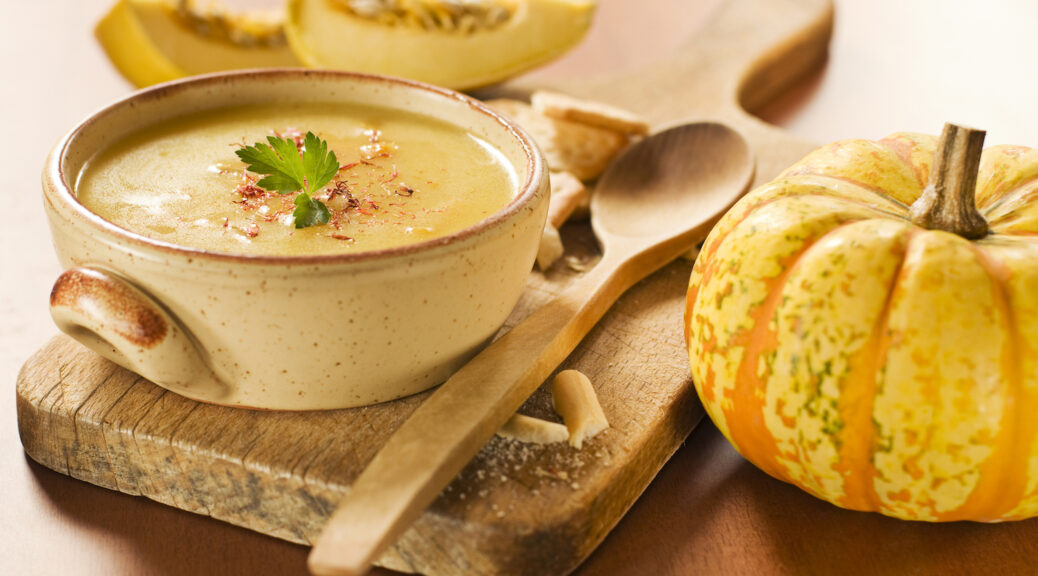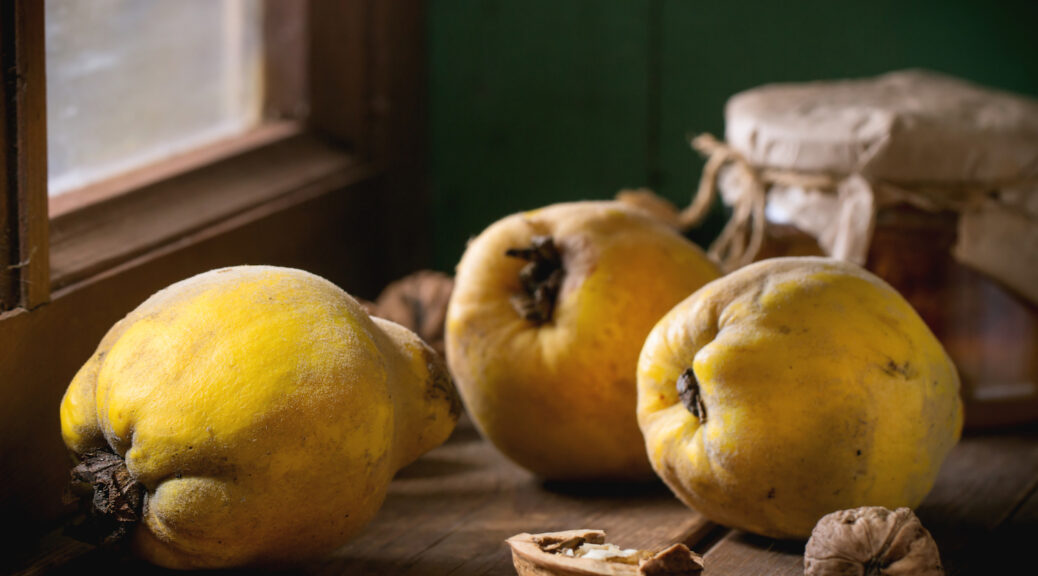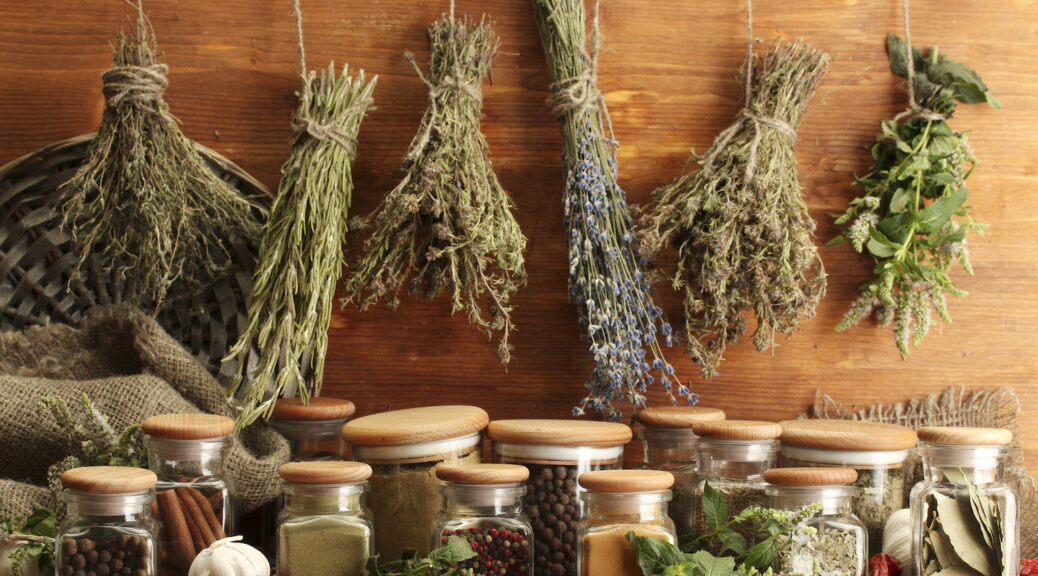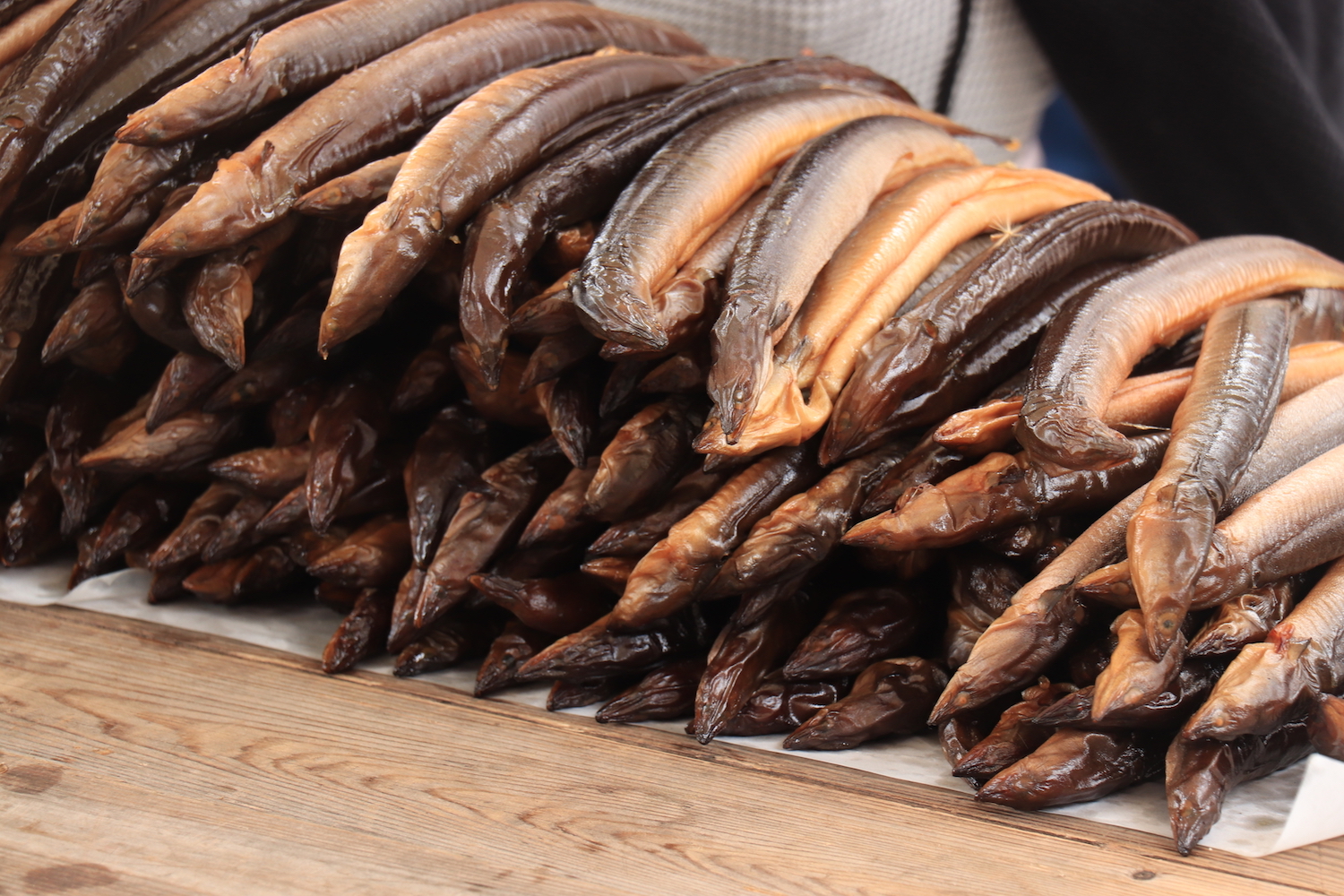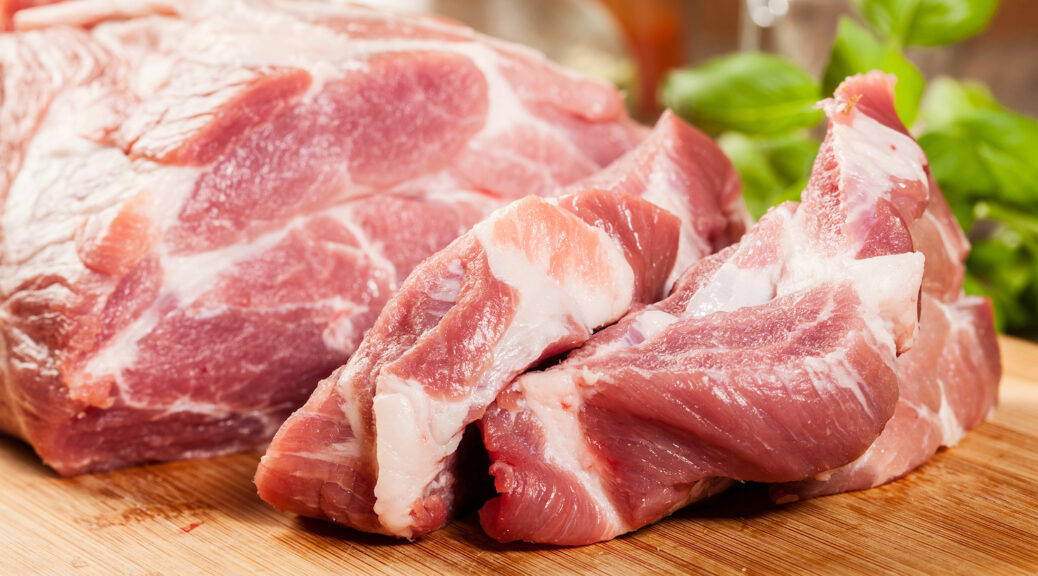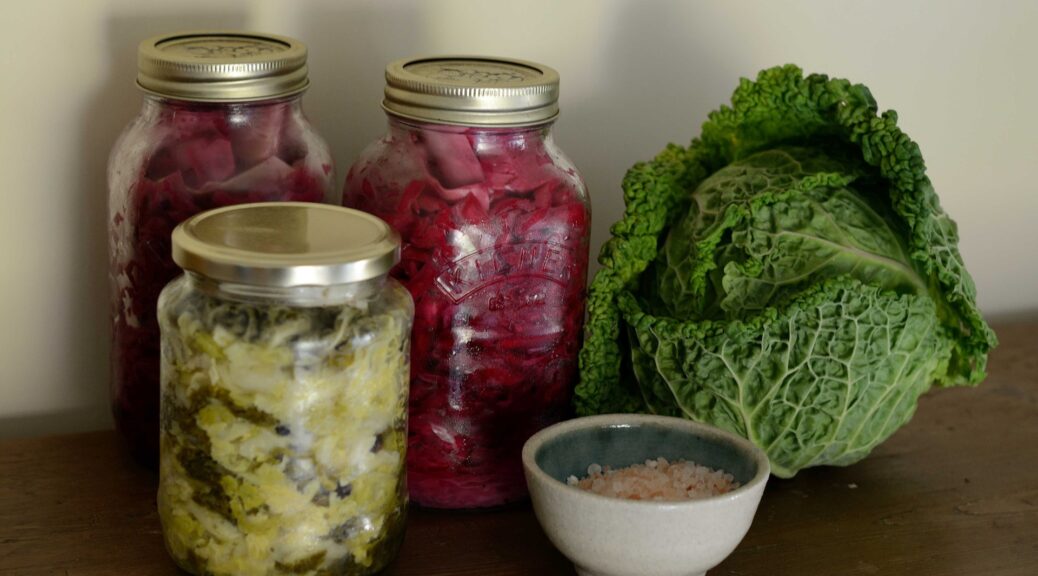Old-Fashioned Popcorn Sweets
Popcorn is a special type of corn; not all varieties of corn will “pop.” In the 1800s, some families raised their own popcorn. After cutting the corn from the stalks, they dried it, then shelled it by hand. They put the dried popcorn in “poppers” which were shaped like long, thin boxes made from tightly woven wire, attached to a long handle. Then the corn could be popped over an open flame without having to get too close to the…
